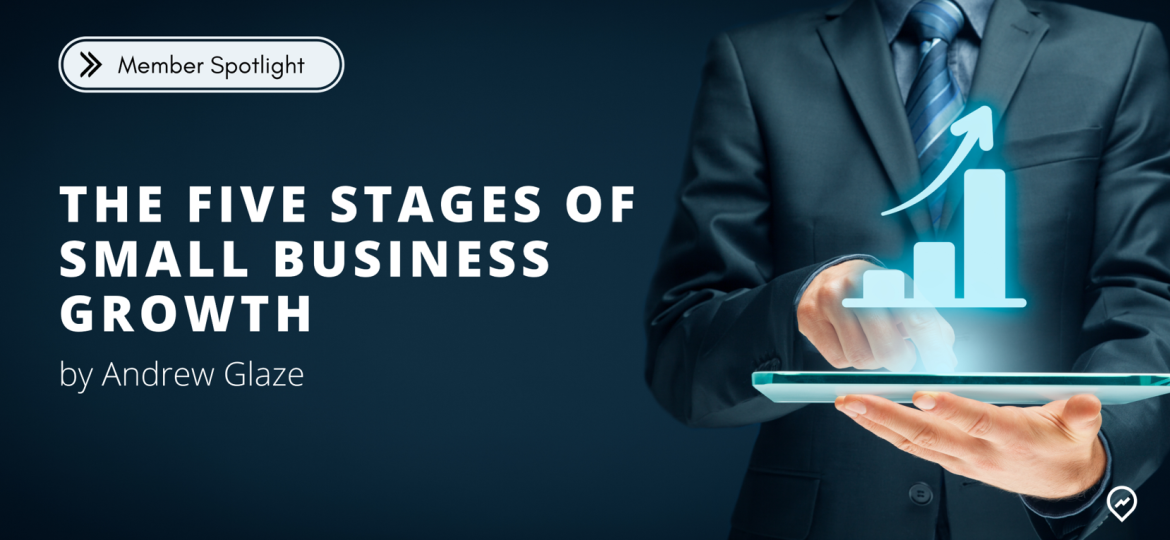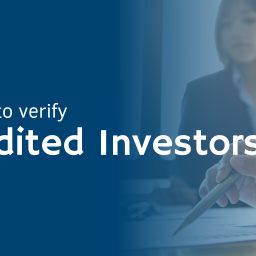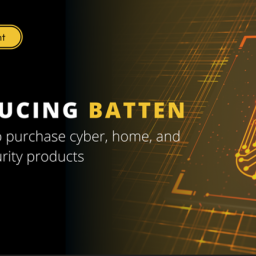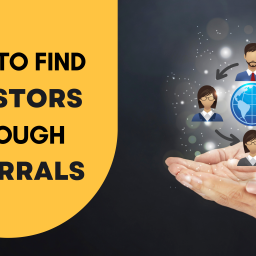
Andrew Glaze CFA, is the CEO of Wealth Stack which helps veteran-owned businesses access capital. He is a West Point and Columbia Business School graduate.
While you might feel alone as a business owner in your feelings that you’re not scaling at the speed you’d like or that you are hitting obstacle after obstacle, studies show that most small businesses go through very similar stages of growth.
In fact, the Harvard Business Review conducted a study that categorized the problems and growth patterns of various different businesses across different industries. Their findings showed that they all experience similar problems at similar strategies of their growth. This means that whether you own a brewery that’s scaling to reach $5 million in annual revenue or have a SaaS company just now breaking the $100,000 mark in total revenue, your growth patterns are likely the same.
While you might not understand why that matters to you and your business, it’s actually great news! If small businesses go through similar stages of growth, being able to identify what those are in order to better move through them can help you scale faster and more efficiently. So, let’s dive into what the five stages of small business growth are and how that might relate to you.
STAGES OF SMALL BUSINESS GROWTH
Stage 1: Existence
During the first stage, most businesses are just coming into existence. If you’ve ever started a business, you’ll know this stage very well as it’s filled with lots of uncertainty and rapid changes.
During the first stage of small business growth, you’re just validating your idea through market research and product testing. This means that you’re answering questions like, “Does this product or service have a need in the market? If so, who is the target audience for this product or service and what are they willing to pay for this?” You’ll do lots of testing to determine whether or not there is a product market fit.
More than anything else, though, this stage is characterized by lots of changes. Being agile serves you well during this stage of small business growth as it’s, well, honestly quite necessary.
Stage 2: Survival
By the time you’ve reached the second stage of small business growth, you’ve likely found that there is a market need for whatever you’re offering. Great! Now it’s time to survive, which means start bringing in revenue and potentially becoming a profitable business. Most businesses don’t make it this far, so congratulate yourself!
If you’re having trouble reaching or moving past this stage, we suggest that you start to look at how you can build customer service and brand loyalty. Don’t worry so much about developing systems just yet and instead focus on building an actual brand that you can scale. Before you’re able to really develop standard operating procedures, you need to know that you can actually scale this small business to be profitable long-term.
Stage 3: Success
Now, even fewer small businesses have reached this stage of small business growth. If you have, consider yourself…successful! This is the stage where we here at Wealth Stack usually meet small business owners.
Why? During this stage, most small business owners are looking for funding so that they can officially expand their operations. You’ve moved from survival mode to growth mode and now have a tested product that’s scalable and, in most cases, well-known in its niche.
As SME Advisors points out, during this growth phase, it’s critical that founders make a decision about where they want the company to go. It’s a pivotal point for owners, who are “debating whether to leverage the company as a growth platform or consider the company as a means of support for them as they embark on disengaging from the company.”
If you’re currently at this stage in your small business growth, get in touch with us. We’ve got programs designed specifically to help you scale your operations and increase the value of your company.
Stage 4: Take Off
By now, you’re fully scaling your operations, which means you’ve secured the funding you need to hire and grow your team. Now is the time when you’re likely focusing on scaling operational and strategic planning and implementing processes that help your business run more smoothly and efficiently.
Resilience is key during this phase of growth, and as Forbes notes, resilience is a strategy, not an option for businesses at this point in their journey. Why? You’ve come this far and now is the time to ensure that you have resiliency so that you can protect the growth of your business long-term.
Stage 5: Resource Maturity
The fifth and final stage of small business growth is a good indicator that your business has matured almost past the point of being a “small” business (although the vast majority of businesses in the US are considered “small” compared to large corporations simply due to the revenue and number of employees).
Your main focus during this phase should be getting a return on your investment. You are expanding and likely have a few department heads managing small teams who are busy completing specific tasks for you that help the business run smoothly.
If you are interested in scaling further, which most business owners are, then now is the time when you’d like to be looking for unicorn entrepreneurs and larger financiers or service providers who can help you scale. Focus on maintaining the same culture that got you this far and be sure to pay attention to market changes so that you can adapt accordingly.














